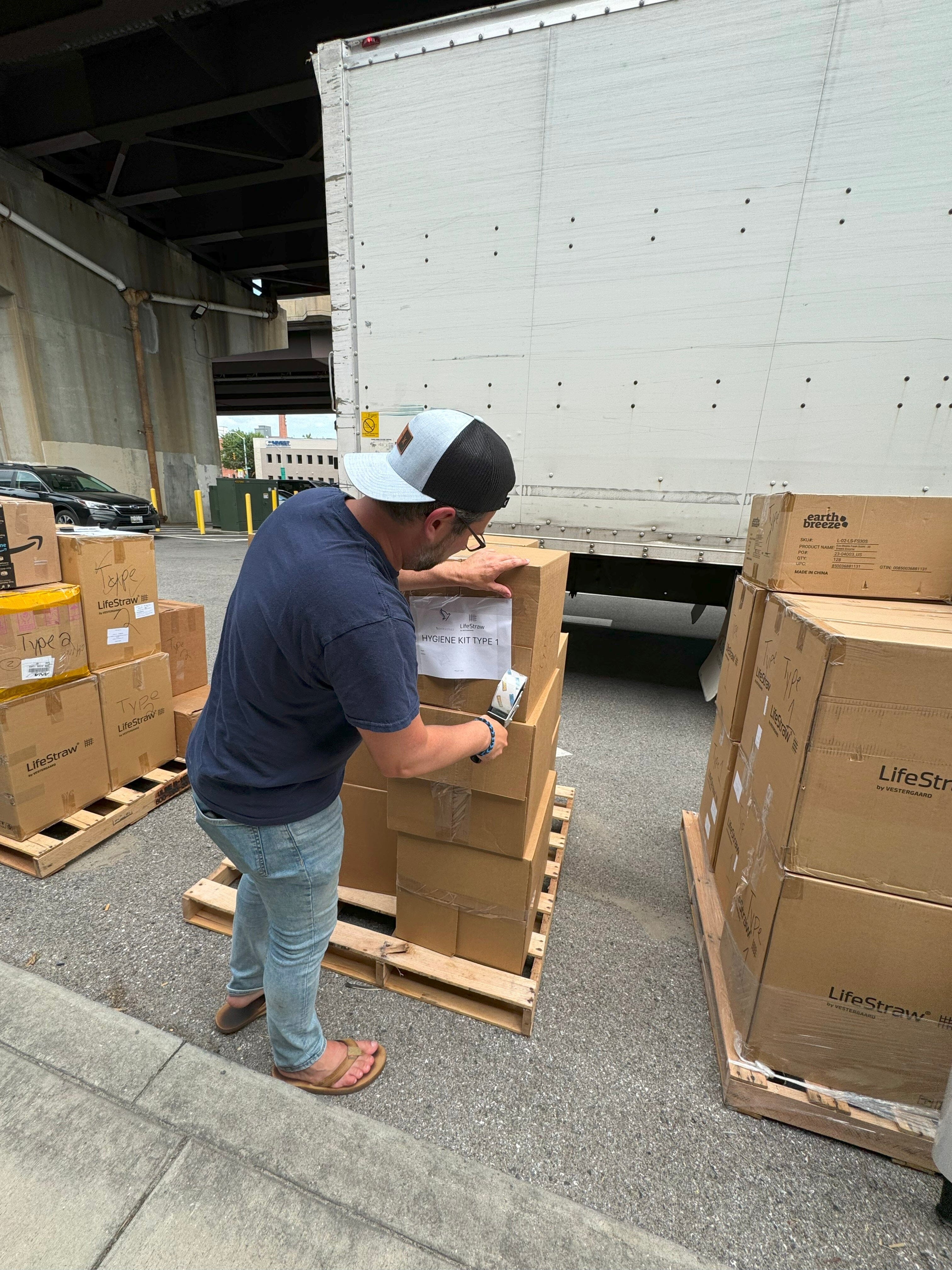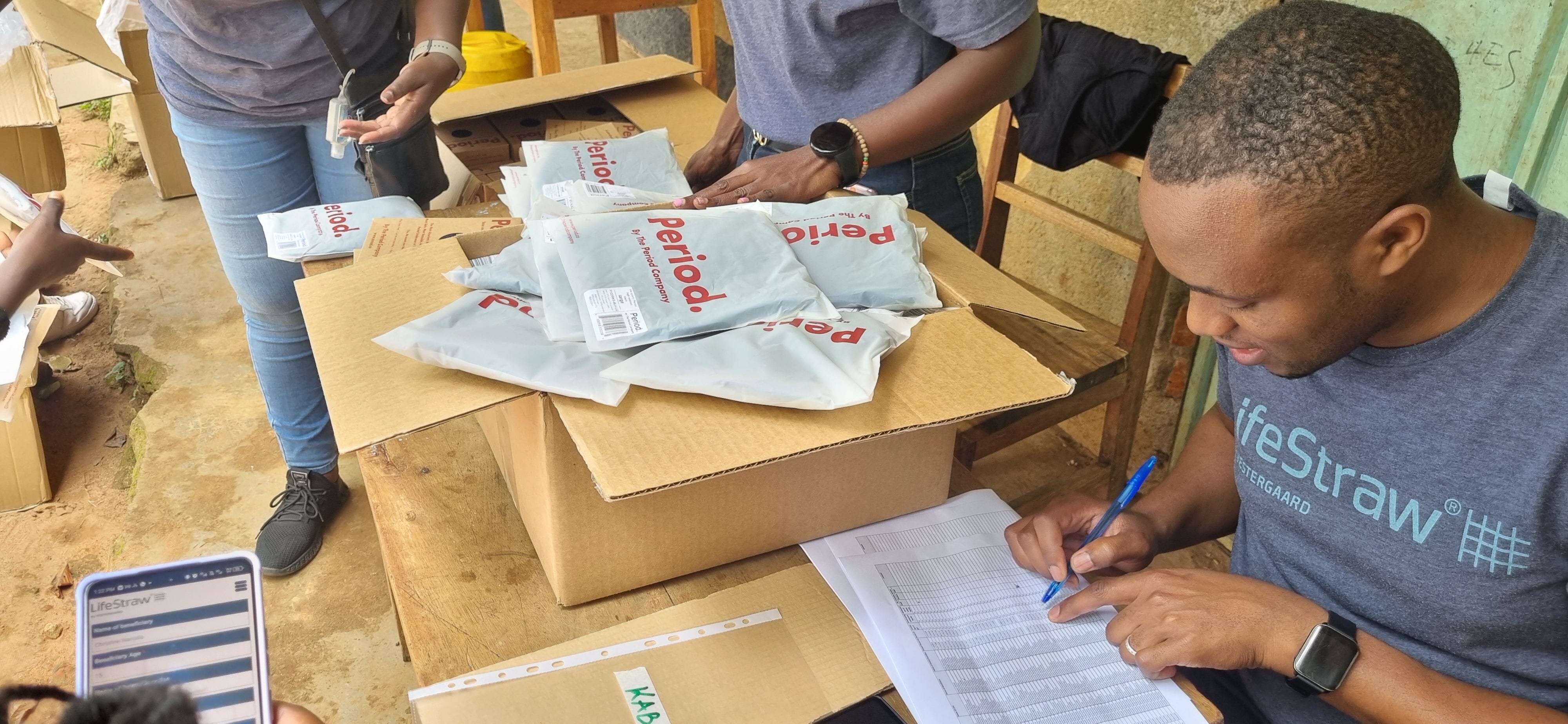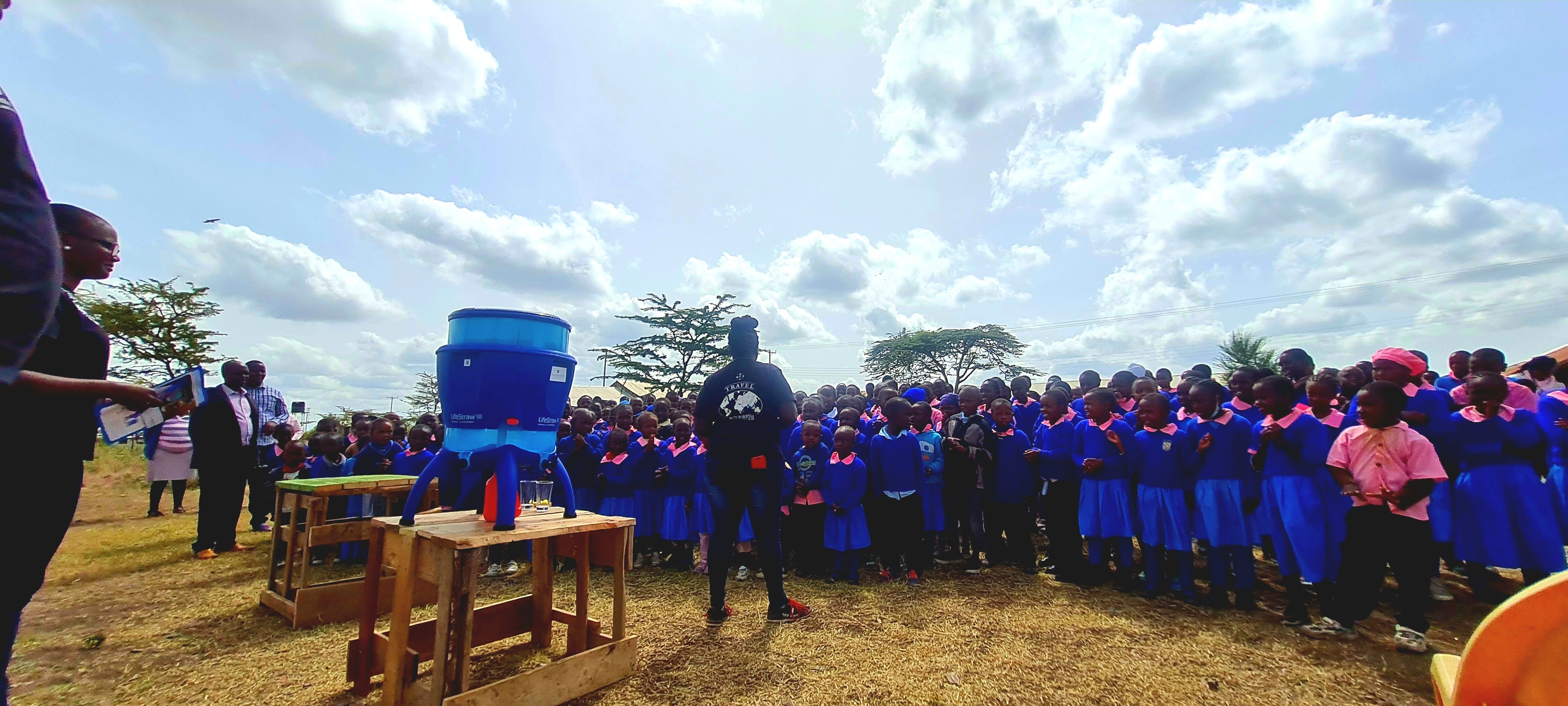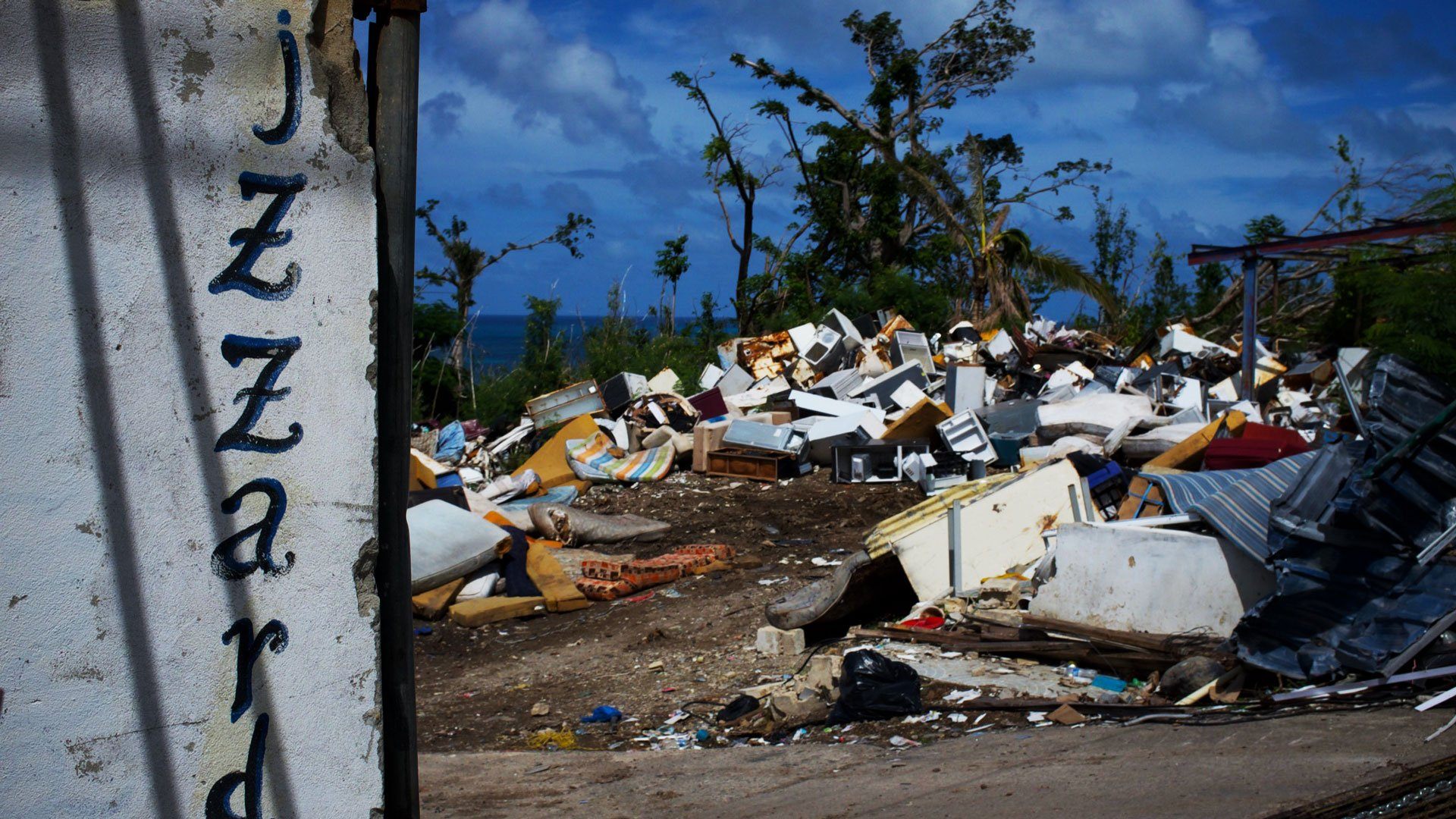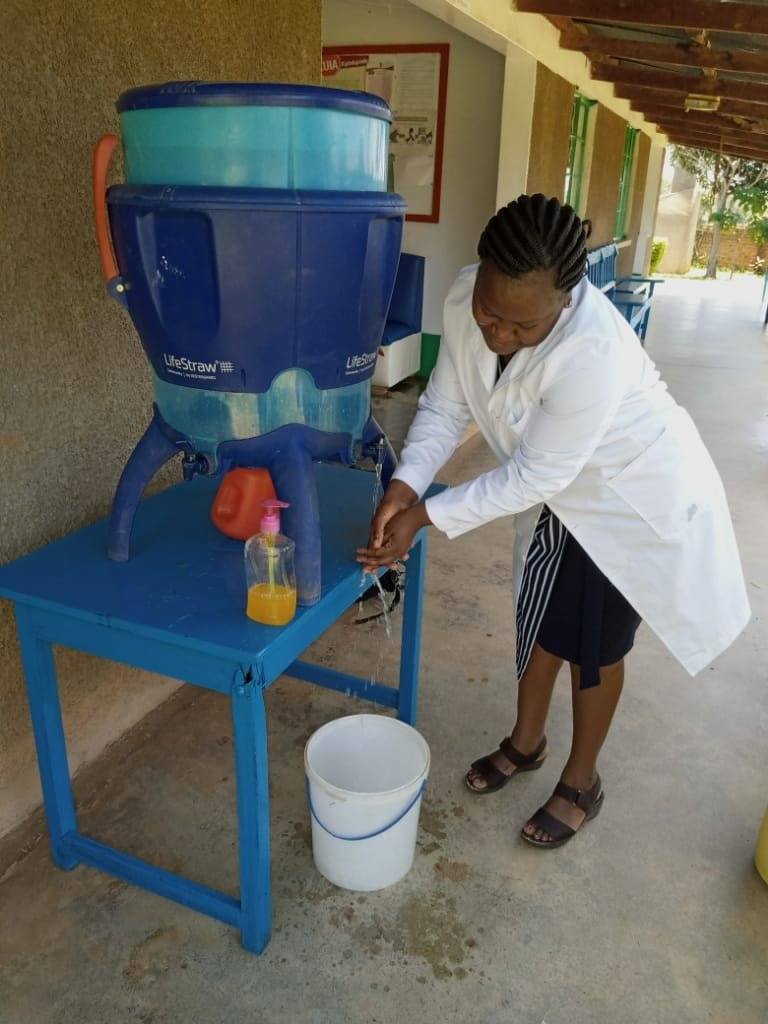
The Impact of Lead and PFAS Contaminated Water on Child Growth and Development
April 13, 23
Safe drinking water is an essential resource for human health and well-being. However, in recent years, concerns have been raised about water contamination by lead and per- and polyfluoroalkyl substances (PFAS) and their potential impacts on child growth and development. Lead and PFAS are toxic substances that can have detrimental effects on children's health, including their physical growth, cognitive development, and overall well-being.
Lead Contamination in Water: Lead is a highly toxic metal that can enter drinking water through corrosion of plumbing materials, such as pipes and fixtures. Lead-contaminated water is a major concern, especially in older homes and communities with aging infrastructure. Children are particularly vulnerable to the harmful effects of lead exposure, as their developing bodies and brains are more sensitive to its toxic effects.
According to the Environmental Protection Agency (EPA), lead is a common contaminant in drinking water due to aging infrastructure, such as lead pipes and plumbing fixtures [1]. In fact, a 2018 report by the Natural Resources Defense Council (NRDC) estimated that as many as 10 million or more homes in the U.S. receive drinking water through lead service lines, potentially exposing millions of people, including children, to lead-contaminated water [2].
The impact of lead-contaminated water on child growth and development has been extensively studied. Research has shown that even low levels of lead exposure can result in cognitive and behavioral impairments in children. Lead exposure has been associated with decreased IQ scores, impaired learning and memory, attention deficits, and developmental delays [3]. Additionally, lead exposure has been linked to stunted growth and reduced height in children [4]. These effects can have long-term consequences, impacting a child's academic performance, social behavior, and overall quality of life.
PFAS Contamination in Water: PFAS are a group of man-made chemicals that are used in a variety of consumer products, including firefighting foams, non-stick cookware, and stain-resistant fabrics. PFAS can also contaminate water sources through industrial discharges and improper waste disposal. PFAS are known as "forever chemicals" because they do not break down in the environment and can persist in the human body for long periods of time.
PFAS have been found in drinking water sources in many parts of the country. A study by the Environmental Working Group (EWG) found that PFAS were detected in the drinking water of nearly 1,400 communities in 49 states, affecting an estimated 110 million people in the U.S. [5].
The impact of PFAS-contaminated water on child growth and development is an emerging area of research. Limited studies have suggested that exposure to PFAS may be associated with reduced birth weight, delayed growth, and developmental delays in children [6]. PFAS have also been linked to disruption of hormonal regulation, immune system function, and liver function, which can further impact a child's growth and development [7]. However, more research is needed to fully understand the long-term effects of PFAS exposure on child health.
Protecting Children from Lead and PFAS Contamination: Protecting children from lead and PFAS contamination in water is crucial for their health and well-being. Here are some steps that can be taken to minimize exposure:
- Regular testing: Regular testing of tap water for lead and PFAS contamination can help identify potential risks. If lead or PFAS levels are found to be above the recommended limits, appropriate actions should be taken to address the issue.
- Use of certified filters: Water filters certified to remove lead and PFAS, such as the LifeStraw water pitchers and dispensers, can be installed at home to provide an additional layer of protection. These filters use advanced filtration technology to effectively remove lead and PFAS from drinking water, ensuring that the water is safe for children to consume. It is important to choose filters that have been independently tested and certified to ensure their effectiveness.
- Education and awareness: Educating parents, caregivers, and communities about the risks of lead and PFAS contamination in water, as well as the importance of regular testing and proper filtration, is crucial in preventing exposure and protecting children's health.
- Advocacy for policy changes: Advocacy for stricter regulations and policies to limit lead and PFAS contamination in water sources is important. This can include advocating for infrastructure upgrades, stricter industrial regulations, and proper waste disposal practices.
Conclusion: Lead and PFAS contamination in water can have severe impacts on child growth and development.
- S. Environmental Protection Agency (EPA). (2021). Basic Information about Lead in Drinking Water. Available at: https://www.epa.gov/ground-water-and-drinking-water/basic-information-about-lead-drinking-water
- Natural Resources Defense Council (NRDC). (2018). Threats on Tap: Widespread Violations Highlight Need for Investment in Water Infrastructure and Protections. Available at: https://www.nrdc.org/resources/threats-tap-widespread-violations-highlight-need-investment-water-infrastructure-and
- Agency for Toxic Substances and Disease Registry (ATSDR). (2019). Toxicological Profile for Lead. Atlanta, GA: U.S. Department of Health and Human Services. Available at: https://www.atsdr.cdc.gov/toxprofiles/tp13.pdf
- Centers for Disease Control and Prevention (CDC). (2021). Lead. Available at: https://www.cdc.gov/nceh/lead/index.htm
- Environmental Working Group (EWG). (2020). PFAS Contamination of Drinking Water Far More Prevalent Than Previously Reported. Available at: https://www.ewg.org/research/national-pfas-testing/
- Grandjean, P., & Clapp, R. (2020). Perfluorinated alkyl substances: Emerging insights into health risks. New solutions for environmental health: Discourses on the social, political, and economic determinants of health, 129-145.
- Agency for Toxic Substances and Disease Registry (ATSDR). (2018). Toxicological Profile for Perfluoroalkyls. Atlanta, GA: U.S. Department of Health and Human Services. Available at: https://www.atsdr.cdc.gov/toxprofiles/tp200.pdf
- (n.d.). Lifestraw Water Pitcher. Available at: https://www.lifestraw.com/products/lifestraw-water-pitcher





